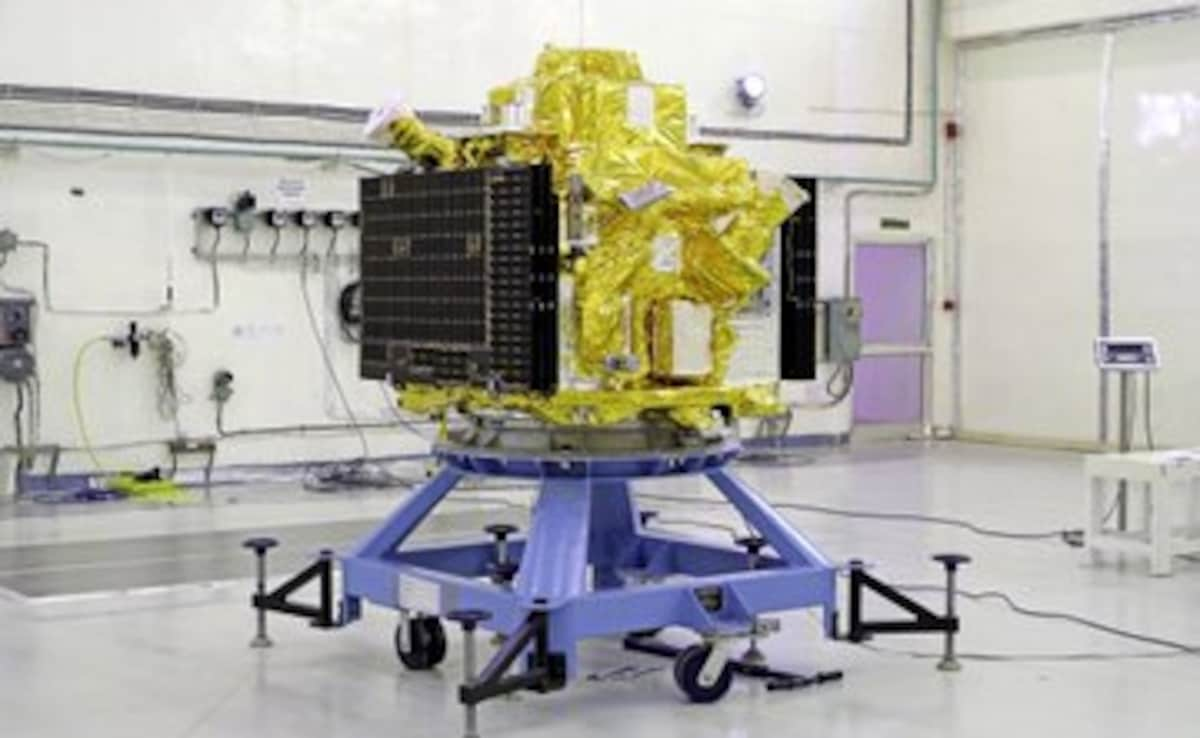XPoSat will be launched at 9:10 am on January 1, 2024 (Representational)
The Indian Space Research Organisation (ISRO) is gearing up for its first space mission of 2024 with the launch of the X-ray Polarimeter Satellite (XPoSat) on January 1.
Following the achievements of Chandrayaan-3 and Aditya L-1, this mission is India's another significant step in space exploration.
Once launched, India will become the second country in the world to send a specialised astronomy observatory aimed at studying black holes and neutron stars.
A second of its kind after NASA's Imaging X-ray Polarimetry Explorer (IXPE), XPoSat will be launched on the Polar Satellite Launch Vehicle.
When to watch XPoSat launch?
ISRO will launch XPoSat at 9:10 AM on January 1 from the Satish Dhawan Space Centre in Sriharikota, Andhra Pradesh.
Where to watch the XPoSat launch?
The launch of XPoSat will be streamed live on various social media channels. The historic event can be watched on ISRO's official website, ISRO's YouTube channel and Facebook page.
Apart from the official pages of ISRO, you can catch the live coverage on DD National TV channel. The live telecast of the launch will be available on NDTV 24X7.
In a post on X (formerly known as Twitter, ISRO wrote, “The launch of the X-Ray Polarimeter Satellite (XPoSat) is set for January 1, 2024, at 09:10 Hrs. IST from the first launch-pad, SDSC-SHAR, Sriharikota.”
???? PSLV-C58/ ????️ XPoSat Mission:
The launch of the X-Ray Polarimeter Satellite (XPoSat) is set for January 1, 2024, at 09:10 Hrs. IST from the first launch-pad, SDSC-SHAR, Sriharikota.https://t.co/gWMWX8N6IvThe launch can be viewed LIVE
— ISRO (@isro) December 31, 2023
from 08:40 Hrs. IST on
YouTube:… pic.twitter.com/g4tUArJ0Ea
XPoSat Vision
ISRO aims to launch XPoSat into an eastward low-inclination orbit. The PSLV-C58 will also carry the 'PSLV Orbital Experimental Module', or POEM.
An astrophysicist at the IIT Bombay, Dr Varun Bhalerao informed that through this mission, the ISRO aims to “decipher the stellar remnants or corpses of dead stars”.
Dr Varun Bhalerao said, “This is only the second mission of its sophisticated class after NASA's 2021 mission named Imaging X-ray Polarimetry Explorer or IXPE. The mission will try to decipher the stellar remnants or corpses of dead stars.”
XPoSat will use X-ray photons and their polarisation to study the radiation near black holes and neutron stars.
India's third launch in less than a year will also unravel the mysteries of the ultra-extreme environments that one sees in space.






Leave a Reply